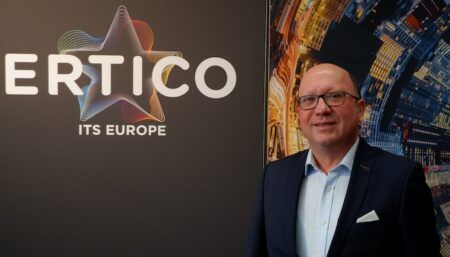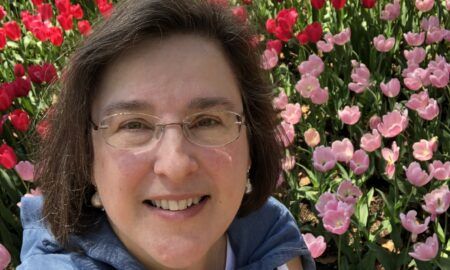Europe is among the most urbanized regions in the world, and it estimated that by 2020, around 80% of Europeans will be living in urban areas, with several countries seeing a proportion of 90% or more. As populations continue to be drawn towards urban hubs, the European Union (EU) recognizes the need for ‘smart cities’; communities where networks and services are made more efficient with the use of digital and telecommunication technologies, for the benefit of inhabitants, businesses and the environment. The EU is trying to ensure that smart solutions for cities can be explored, implemented and replicated. With this is mind, three ‘lighthouse projects’ for smart cities and communities were funded under the ‘Horizon 2020’ program last year. Now in their kick-off phase, the three successful projects, Growsmarter, Triangulum and Remourban, have been presented at the Info Day on the upcoming Smart Cities & Communities 2015 call for proposals. The concept behind lighthouse projects is that they act as an example and stimulus for other cities to adapt and replicate their solutions, with ‘follower’ cities incorporated as an important element to ensure wider take up.
The three projects are: the Growsmarter project, which is using its three lighthouse cities of Barcelona (Spain), Cologne (Germany) and Stockholm (Sweden), to showcase 12 smart city solutions in order to encourage uptake in other cities and communities. Solutions cover: low energy districts; integrated infrastructures and sustainable urban mobility; deep retrofitting of systems for buildings from the 60s and 70s; introduction of vehicles fuelled from alternative sources; and smart traffic management. The project team says it has the potential to create the equivalent of 1 500 jobs across Europe, and aims to reduce energy usage by 60%, and cut EU transport emissions at project level by 60%. GROWSMARTER predicts that by the end of the project, there should be up to 30 cities that are implementing, or will implement, its technologies.
Triangulum was named because it represents an even balance between three core project elements: demonstration, dissemination and reciprocation. The project uses the three ‘hidden city champions’ of Eindhoven (Netherlands), Manchester (UK), and Stavanger (Norway), as lighthouse cities, and aims to implement pioneering concepts for sustainable energy supply, mobility, and information technology. Trialed systems will include building an autonomous energy grid, shifting transport to e-mobility models, and introduction of advanced fiber-optics infrastructure.
The Remourban project is in the three lighthouse cities of Eskisehir (Turkey), Nottingham (UK), and Valladolid (Spain), with an emphasis on reaching a holistic approach, where energy production, distribution and use; mobility and transport; and ICT, come to form a continuum. The mobility sector will deal with fuel types and multimodal strategies. Urban infrastructures will be optimized through ICT solutions, such as e-ticketing systems, smart grid strategies, and city transportation information platforms.




